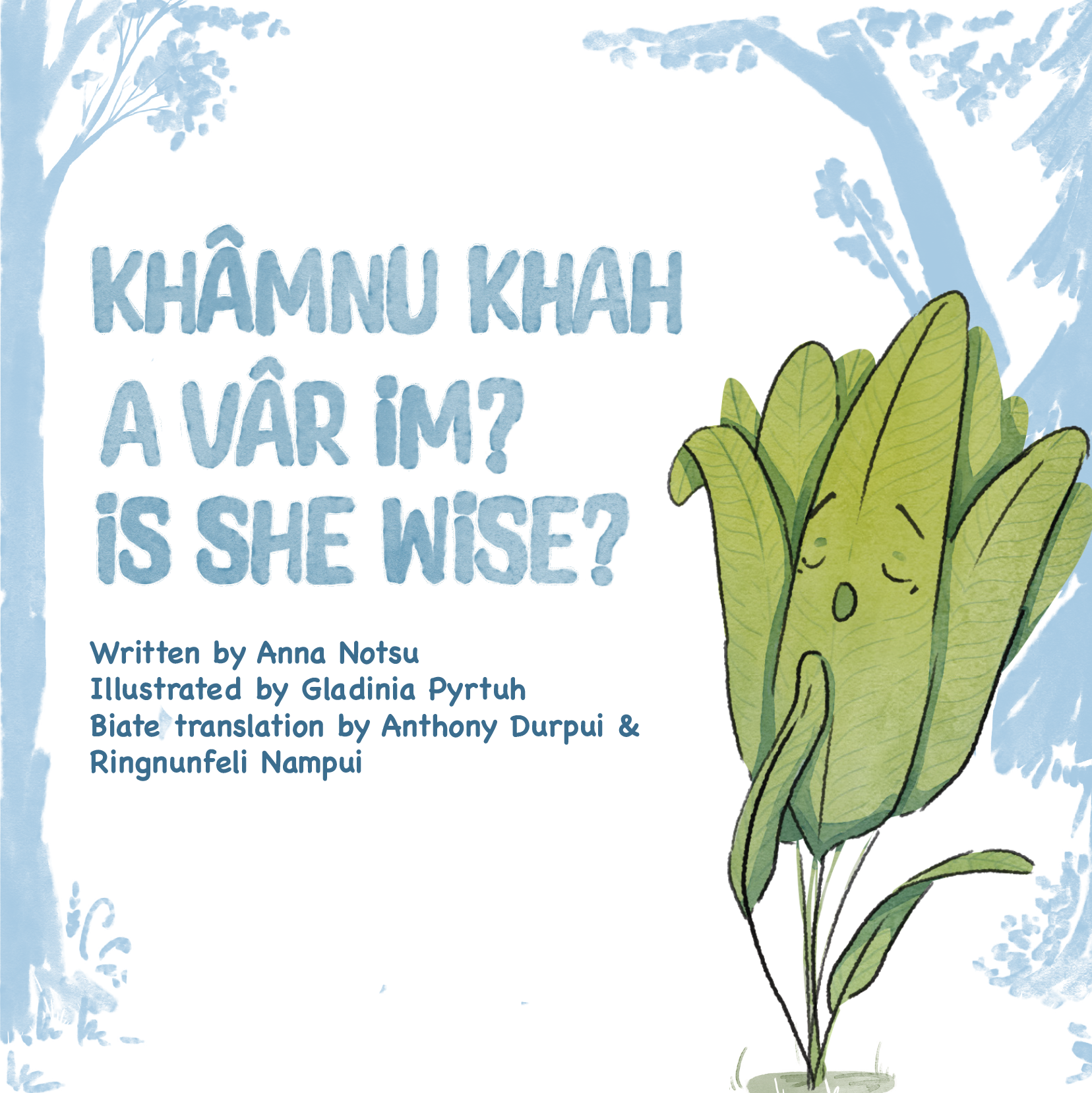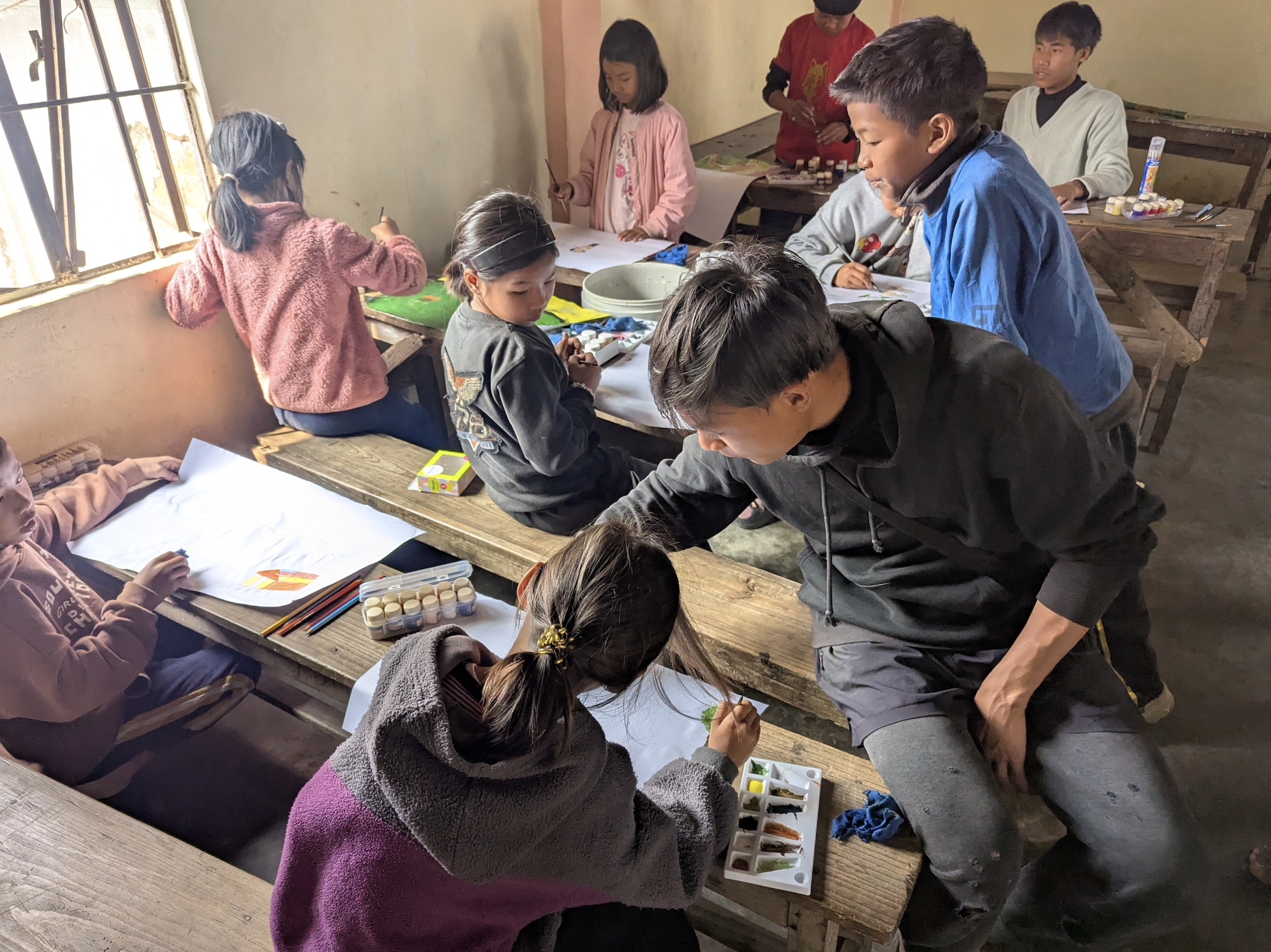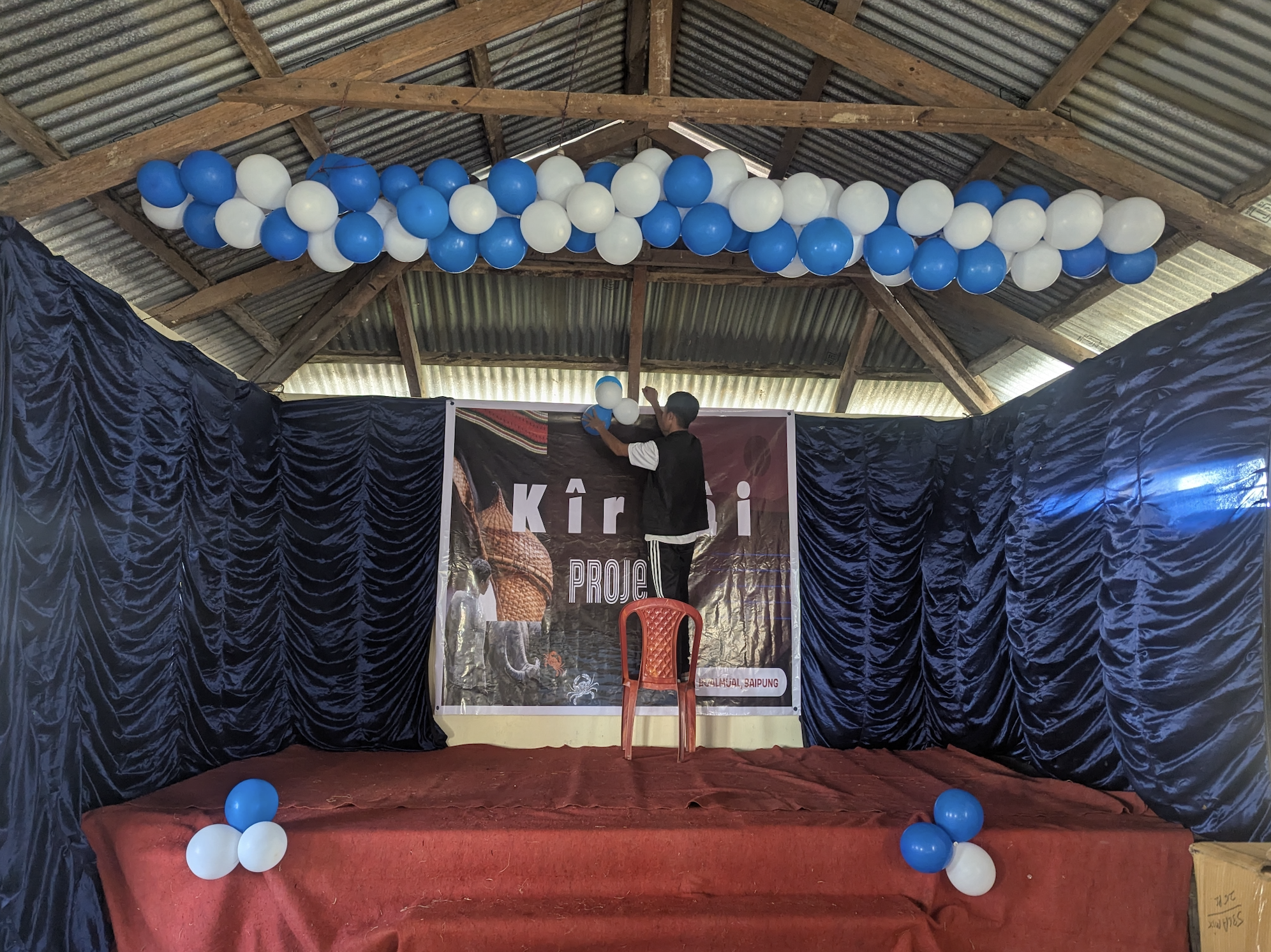In collaboration with the Biate community of Meghalaya (Noth East India), I am co-creating the first-ever bilingual picture book in the Biate language. The project began with Biate schoolchildren collecting stories about their environment - stories shared by parents, neighbours, and village elders.
The children listened to these stories again and transformed them into vivid drawings, imagining the scenes, landscapes, and beings they heard described. This project is not only about storytelling and language revitalisation; it is also about giving Biate children a book in their own mother tongue, grounded in their everyday environment and the knowledge of their community.
How the project started
The idea emerged because of my own personal desire to use drawing as a research method to explore forms of human-nature connections. This is also a way for me to show my gratitude towards the Biate community, who warmly welcomed me into their everyday life.
Co-creating the book
I wanted the Biate community to take centre stage in both the process of book making & the story. Together with my Biate brother, Anthony Durpui, who also worked as a translator for this book, we named this book project kîrzâi, which means returning.
The first part of the project was story collection. I asked Biate schoolchildren to collect stories related to the environment, not necessarily folktales, but any stories, as long as they are undocumented and original. This way, I was able to see how they would interpret 'nature' and what they would include in the story about 'nature'. The second part was an illustration. Biate schoolchildren made drawings from their imagination, upon listening to the collected stories.
The story
The story of the book is an adapted version of a story collected by one of the children. It is about a talking plant called Nathial, who refuses to be plucked by a man who was sent off by his wife to collect Nathial leaves. The plant, refusing to go with the man, begins to ask questions about his wife instead: ''Is she wise?''.
Importance for the Biate community
The Biate community does not have any literature or written sources in their own language, other than the bible, let alone children's books. This picture book is their first secular book in Biate about the Biate community.
Many Biate parents send their children to a larger town/city, far from Biate villages. As a result, Biate children are increasingly becoming illiterate in their own language.
Also, this picture book will allow Biate children, and adults, to think about their relationship with the changing landscape. The areas where the Biate community lives in Meghalaya are increasingly affected by climate change, (illegal) logging and resource extraction.
Further, the Biate community has long cherished the practice of swidden farming, locally known as jhum, which involves cutting and burning of forest trees. This long-standing practice has been criticised as the cause of deforestation by government officials and those who live in town, despite its cultural significance and scientists' claims that swidden farming contributes to forest protection.
Lastly, the plant, Nathial, featured in the picture book is used to wrap food to take to jhum fields. By thinking about the role of Nathial plant, I also wanted more people to discuss contemporary nature-culture relations.
Giving back to the community
Together with my publisher, Sauramandala Foundation, we are working on raising funds to cover printinng and distribution costs. On January 12, 2026, the Biate community will have their annual festival called Nulding-Kut. We would like to not only present this book but return it to the Biate community. If you could help us print and distribute enough copies, it would be of immense help.

The book was officially launched on the 20th of November by Banu Mushtaq, the 2025 International Booker Prize Winner, at the Shillong Literary Festival in Meghalaya, India, with the support of the Meghalaya Arts & Culture Department and the Sauramandala Foundation's Forgotten Folklore Project.










